Week Ending March 27, 2016
/After the extreme heat of the previous week, it came as quite a surprise on Tuesday morning when those of us in Virginia Beach had to scrape ice off our vehicles (one last time?). But, temperatures evened out afterwards & eventually allowed the average to increase a bit to a daily high of 71.4 degrees F (a 1.4 degree rise from last week’s average); the average daytime lows also rose slightly to 53.1 degrees F (up 0.8 degrees) and a total of 1.08 inches of rain fell during the week, though the vast majority (1.02 in.) accumulated on Sunday. Weather conditions since the previous weekend seemed to not favor migration, as the northerly winds associated with the Nor’easter seemed to stop a number of species in their tracks. By the time Saturday & Sunday rolled around though, migration seems to catch back up properly, and Virginia Beach did see its first Piping Plovers (25 Mar, Bob Ake), Chimney Swifts (25 Mar, Karen & Tom Beatty), Northern Parula (26 Mar, Andrew Baldelli), and Barn Swallow (26 Mar, Tommy Maloney) of the season. Additionally, the first Cattle Egrets (27 Mar) & Yellow-throated Warbler (27 Mar, Isabel Eaton) of springtime were observed this weekend though some over-wintering individuals had been observed previously in 2016 due to the mild winter; these are the first instances I would classify as ‘spring arrivals’ though. As with the Gold Book’s descriptions, sometimes wintering birds obscure the arrival dates for some species. The only rarity reported within Virginia Beach’s borders this week was the continuing Lark Sparrow at Back Bay National Wildlife Refuge, which was observed again on Friday (25 Mar, Bob Ake), and on Saturday (26 Mar, Isabel Eaton). With March quickly reaching its end, the songbird migration should begin to ramp up, and we ought to be seeing a wider variety of new species each week from here through May. On Friday of this coming week (1 Apr), Back Bay National Wildlife Refuge will begin requiring fees to access the park once again, and one of the dikes will be opened. Whether it is the East Dike or West Dike will depend on the park staff’s assessment of waterfowl numbers, and which is the better option to keep these birds safe. The West Dike affords great views of the impoundments, but last year, it was the East Dike that first opened (in 2014 it was the West). Perhaps the opening of one of the dikes will help give views of some new rarities, or possibly of the Eurasian Wigeon & Mute Swans that were observed in the impoundments by tram a couple of weeks back. As always, the log of ‘Noteworthy Observations’ has been updated for this week, and can be found in the Distribution section of the site, or by clicking Here!
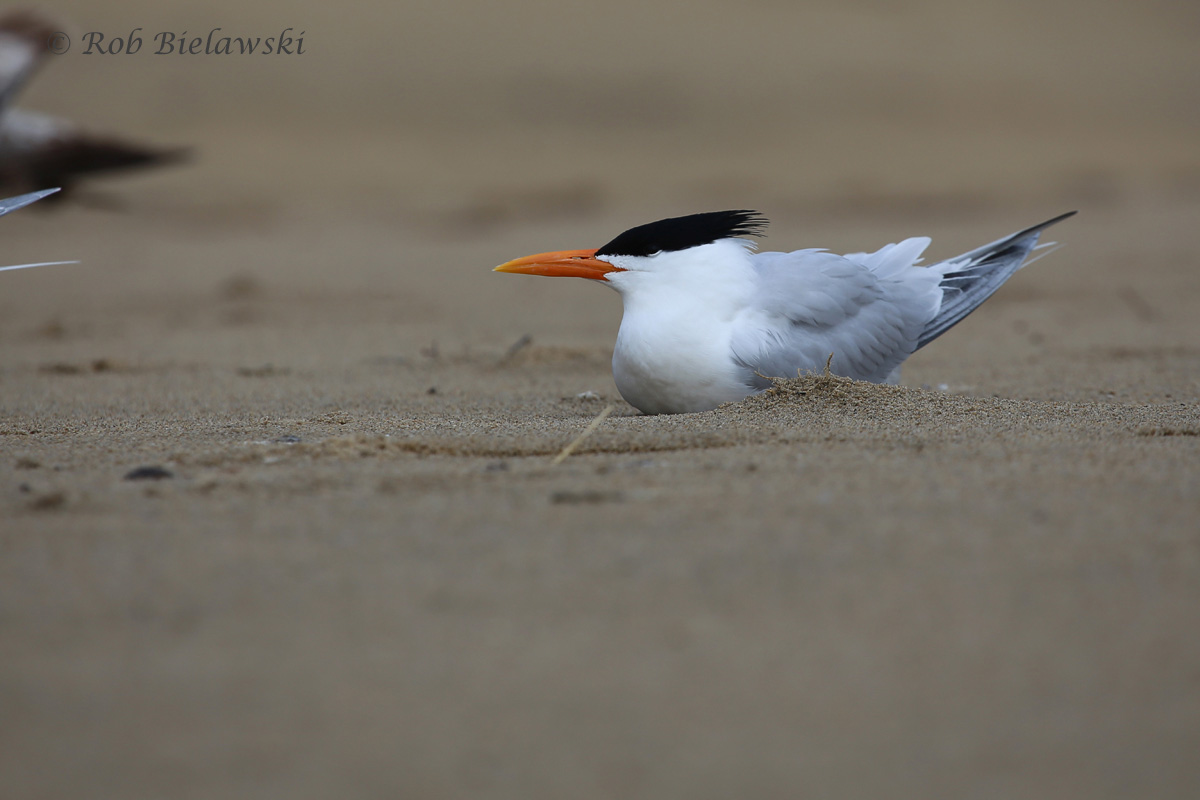
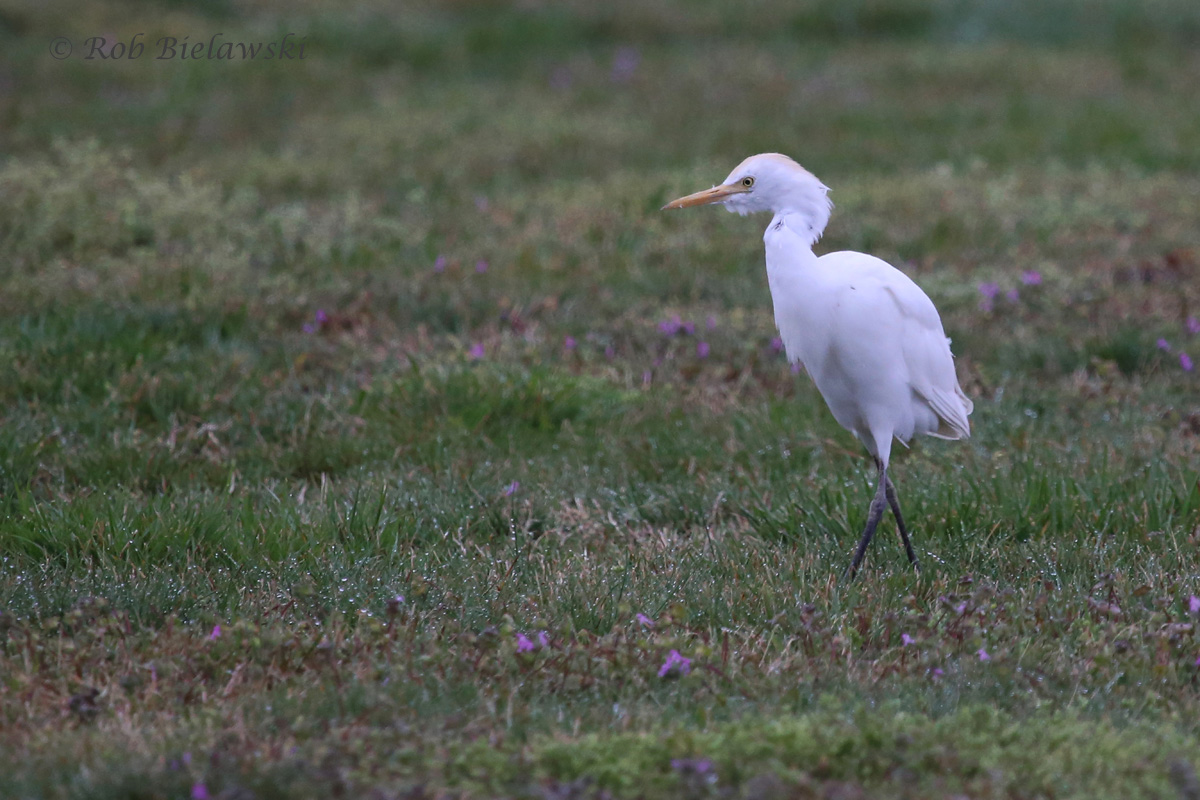
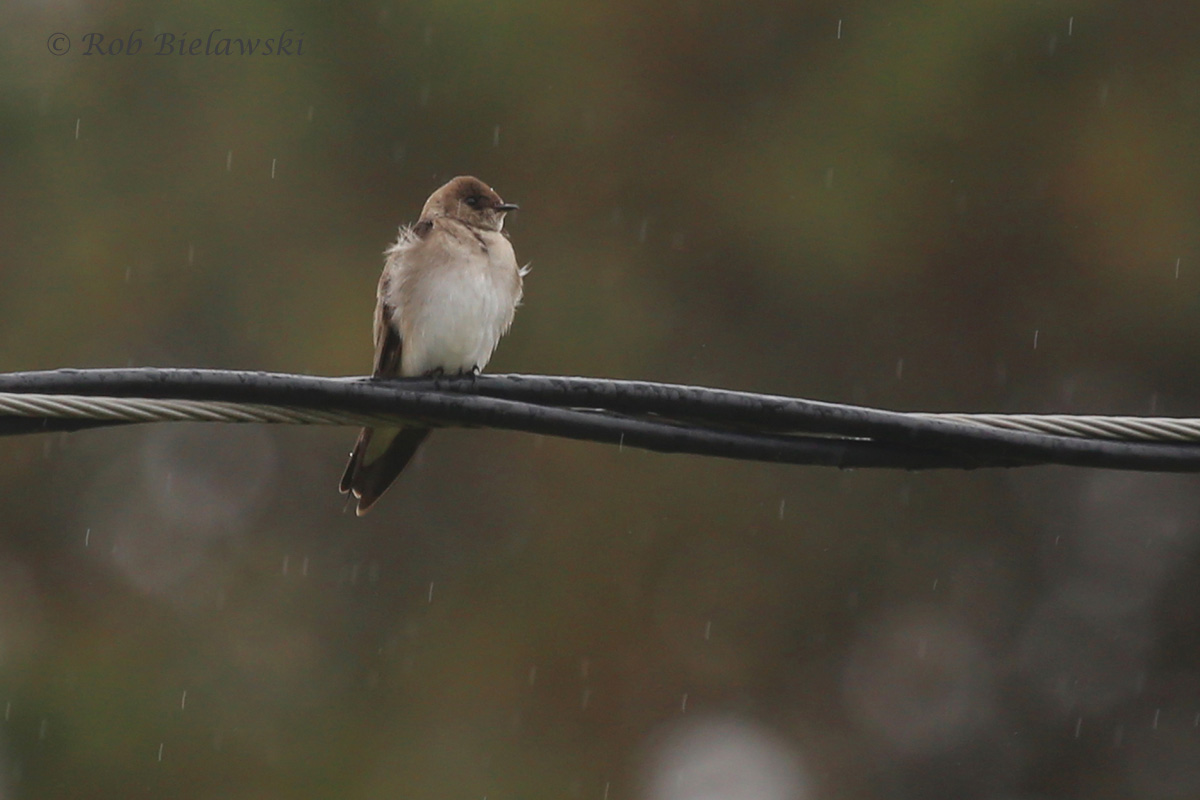
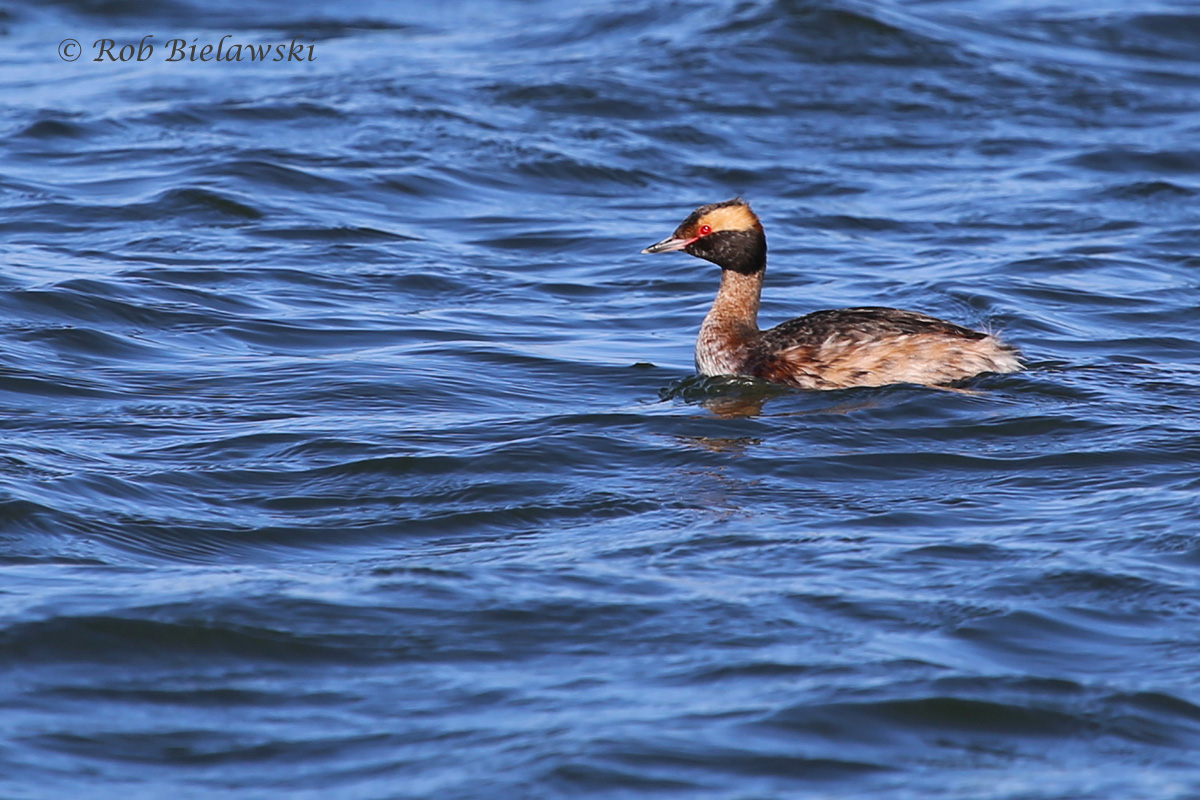
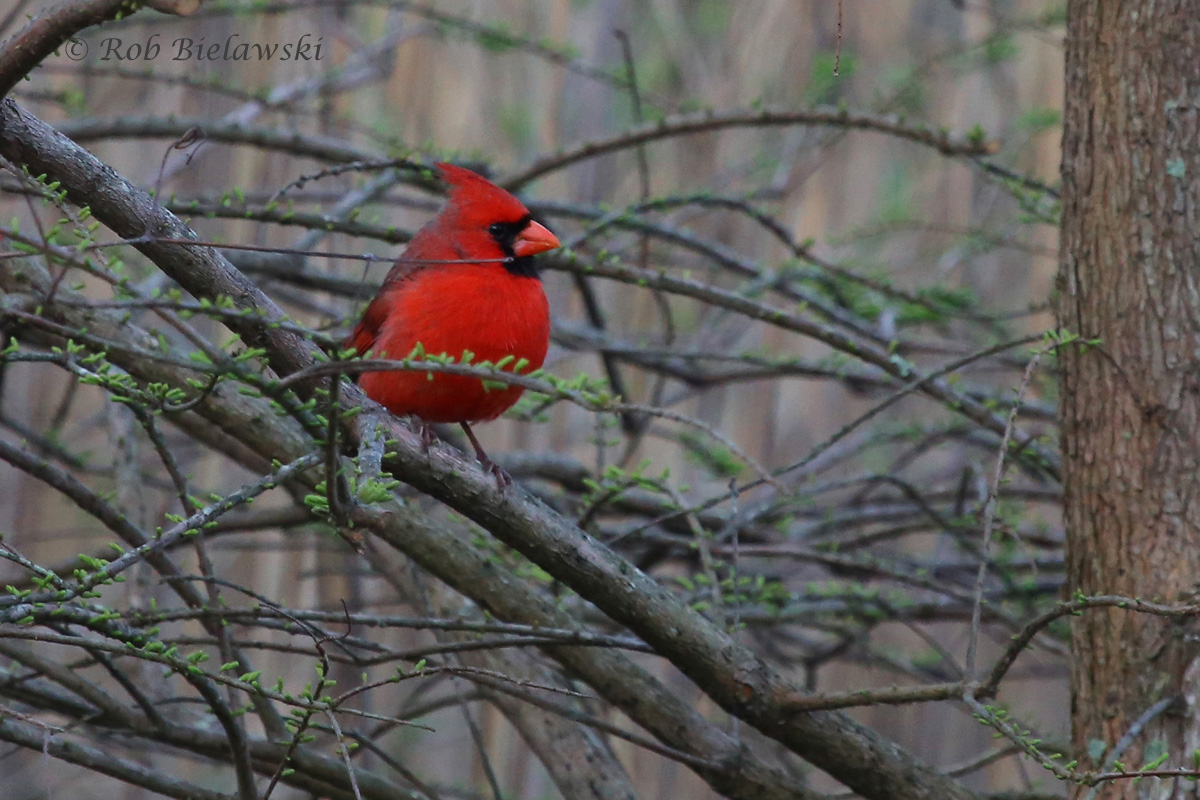
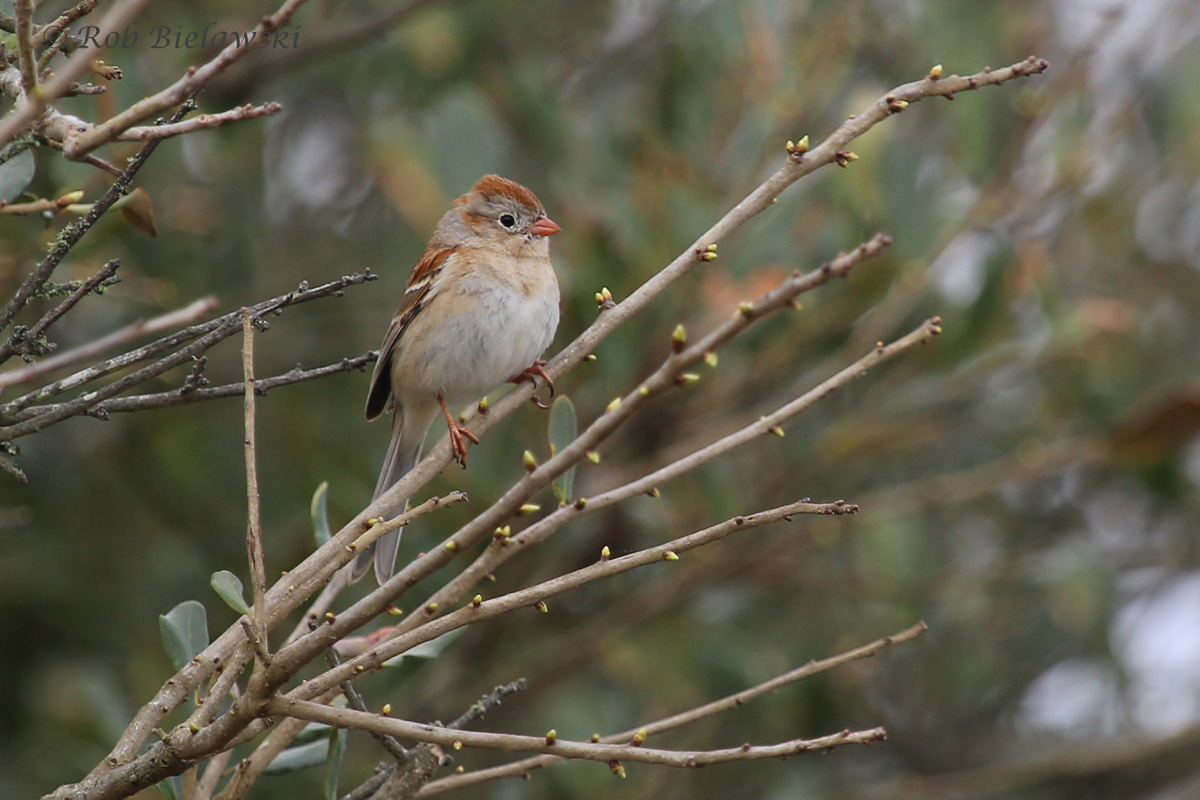
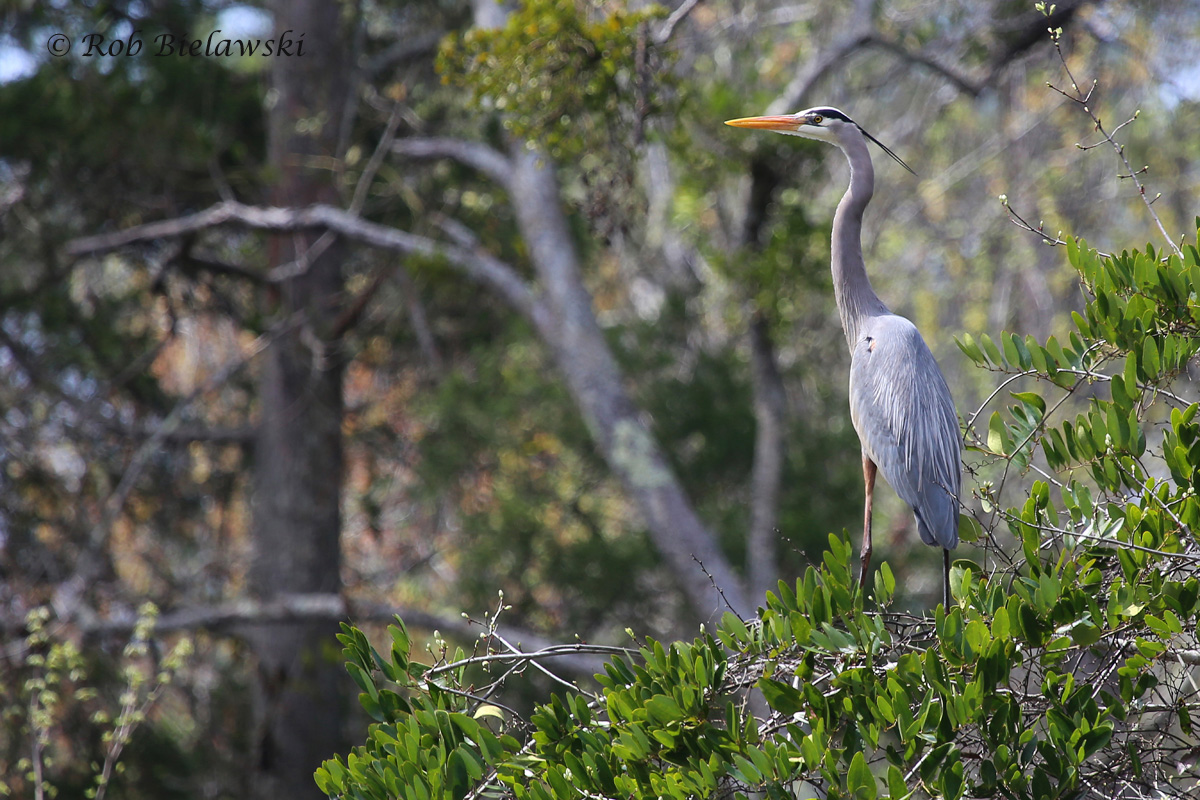
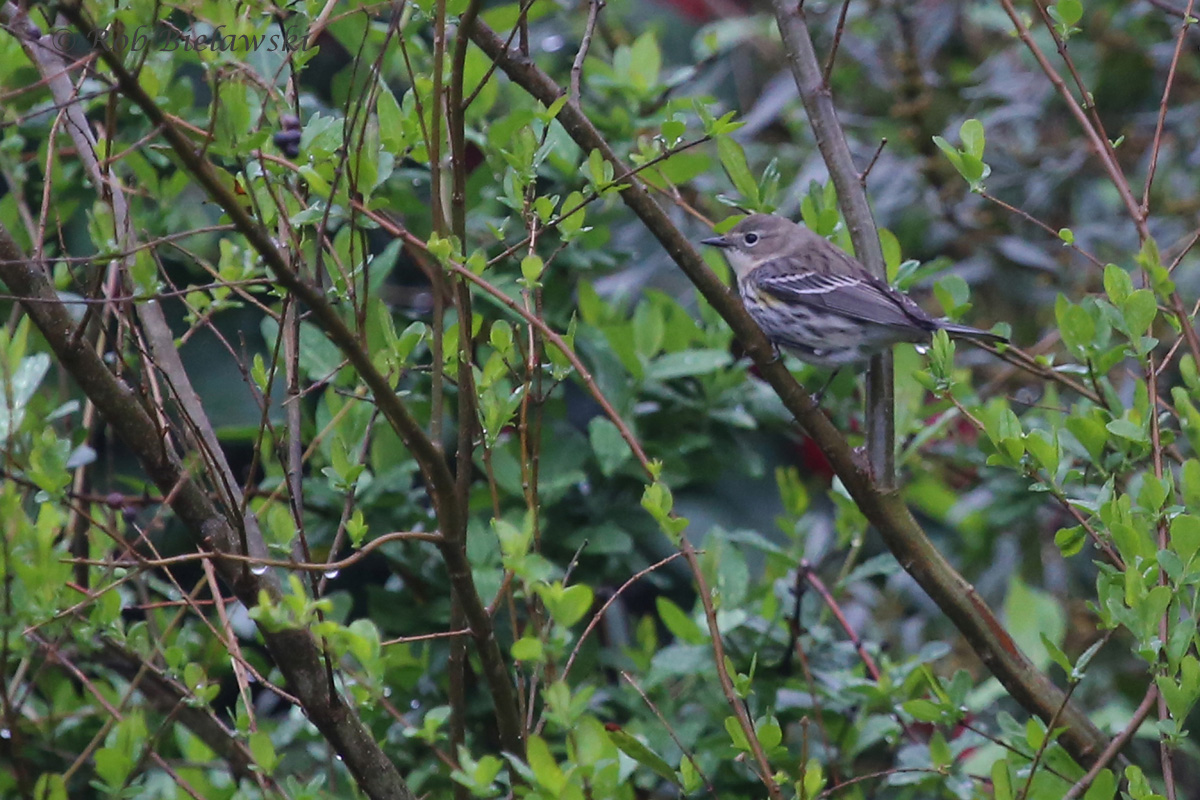
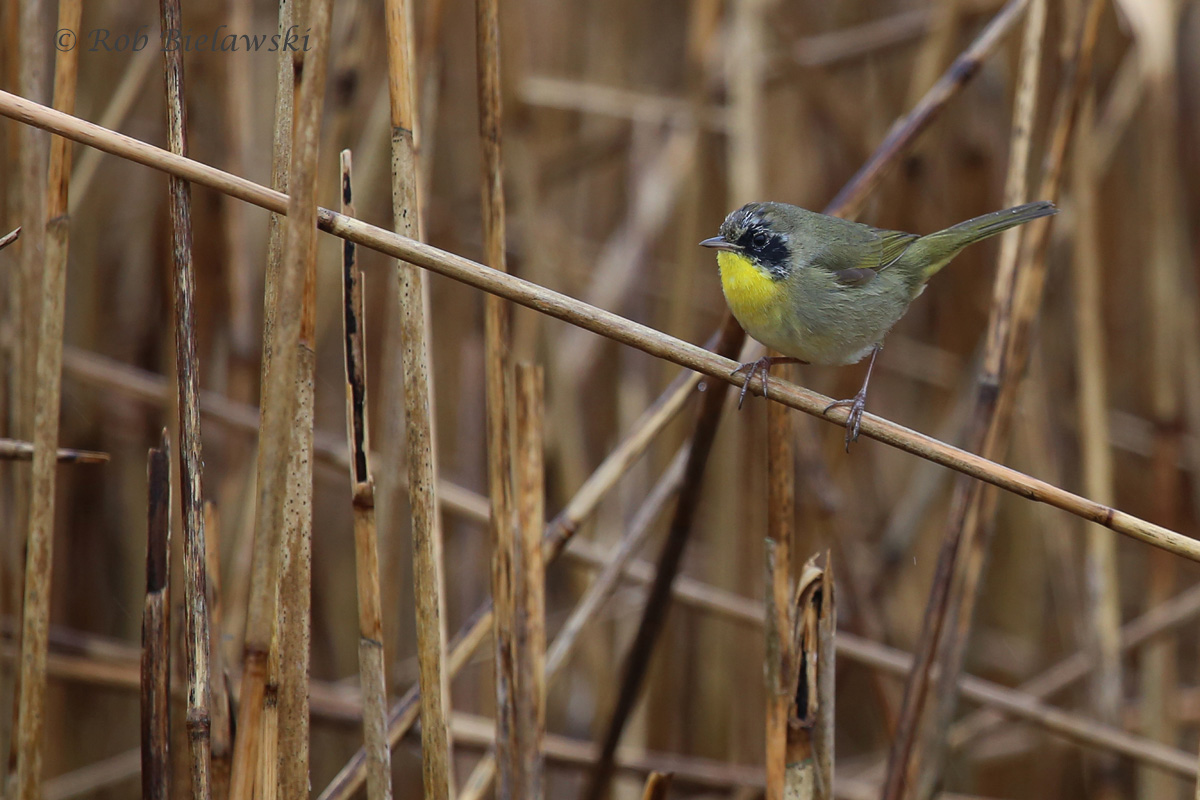
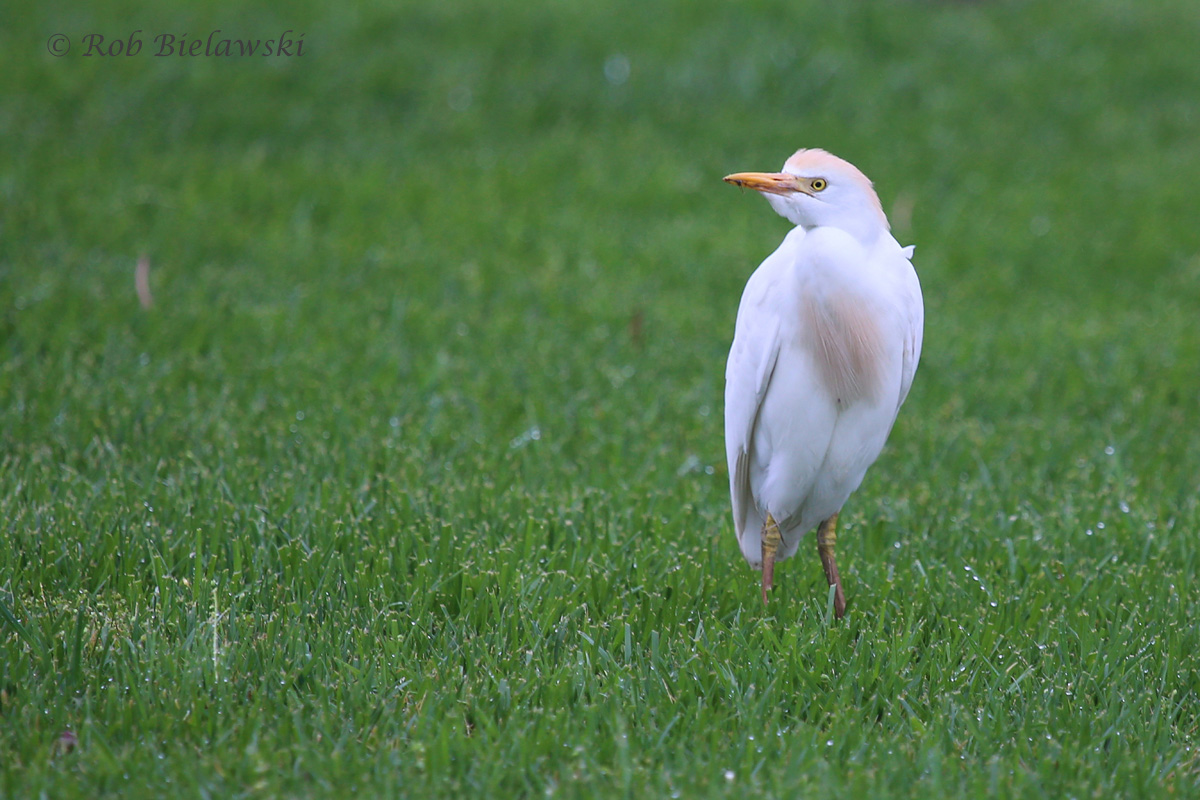
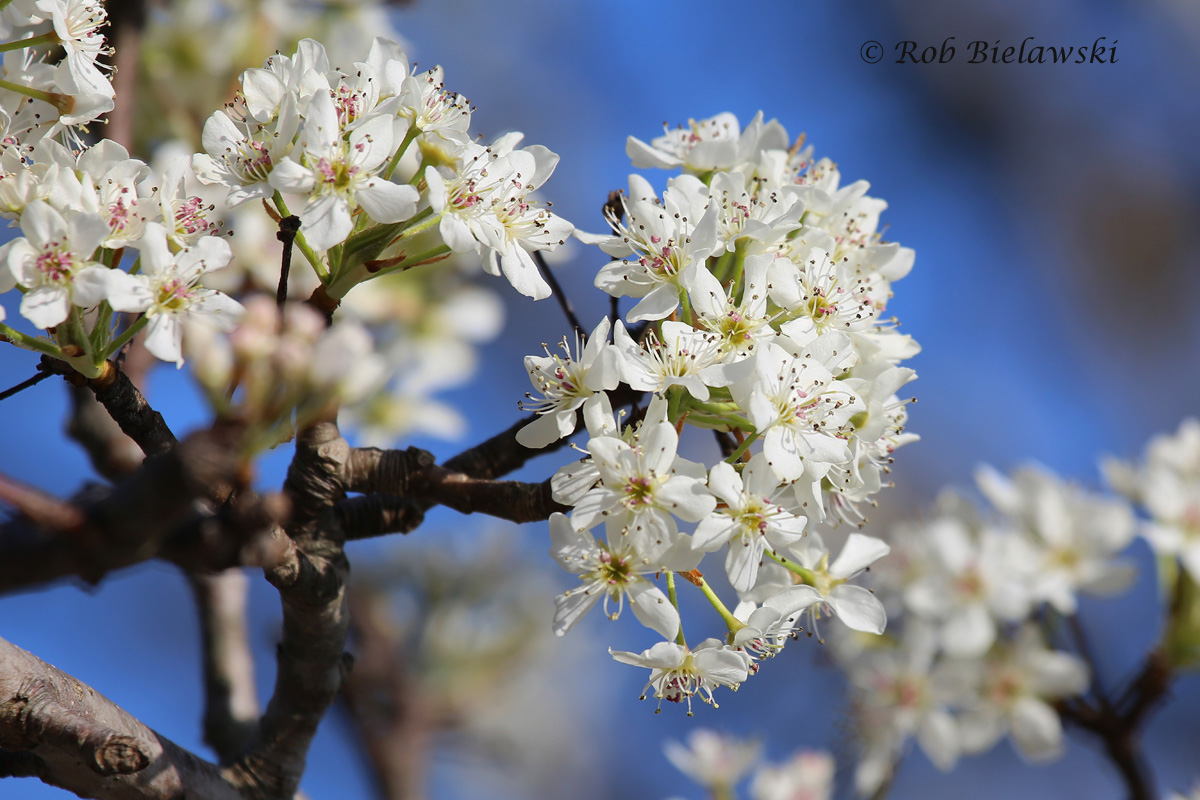


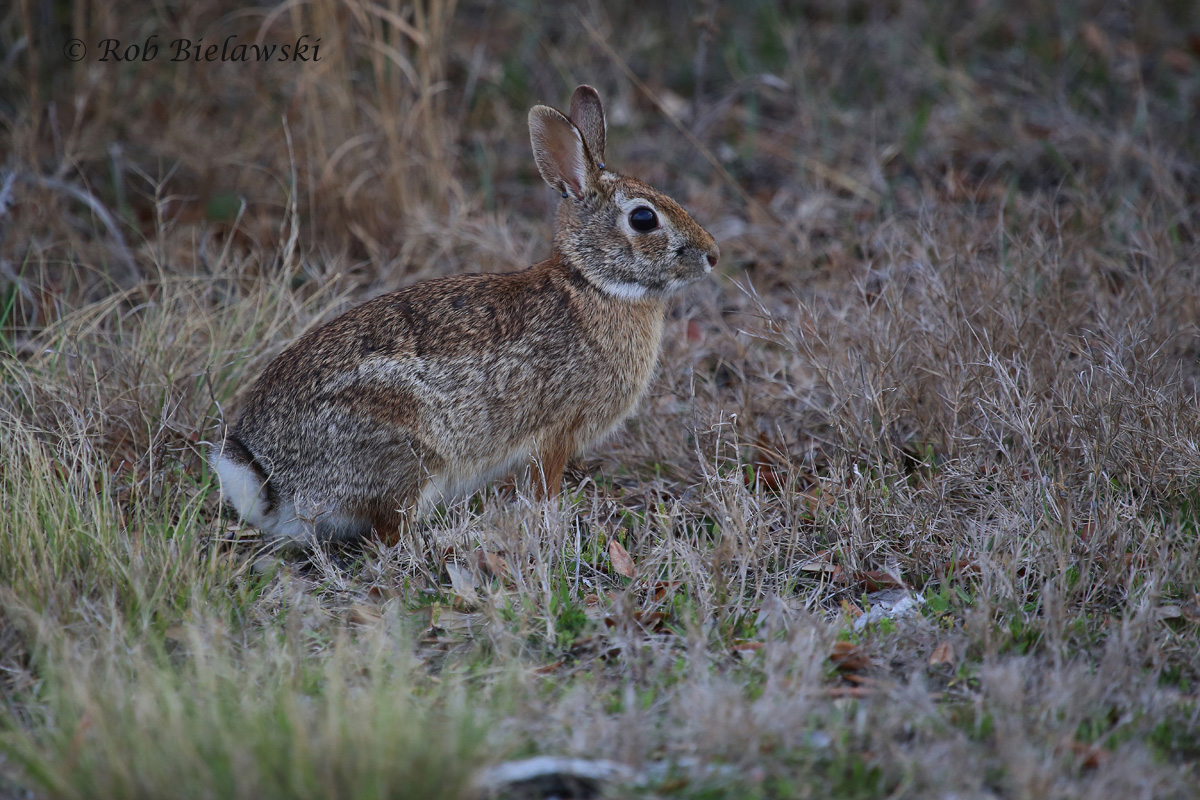
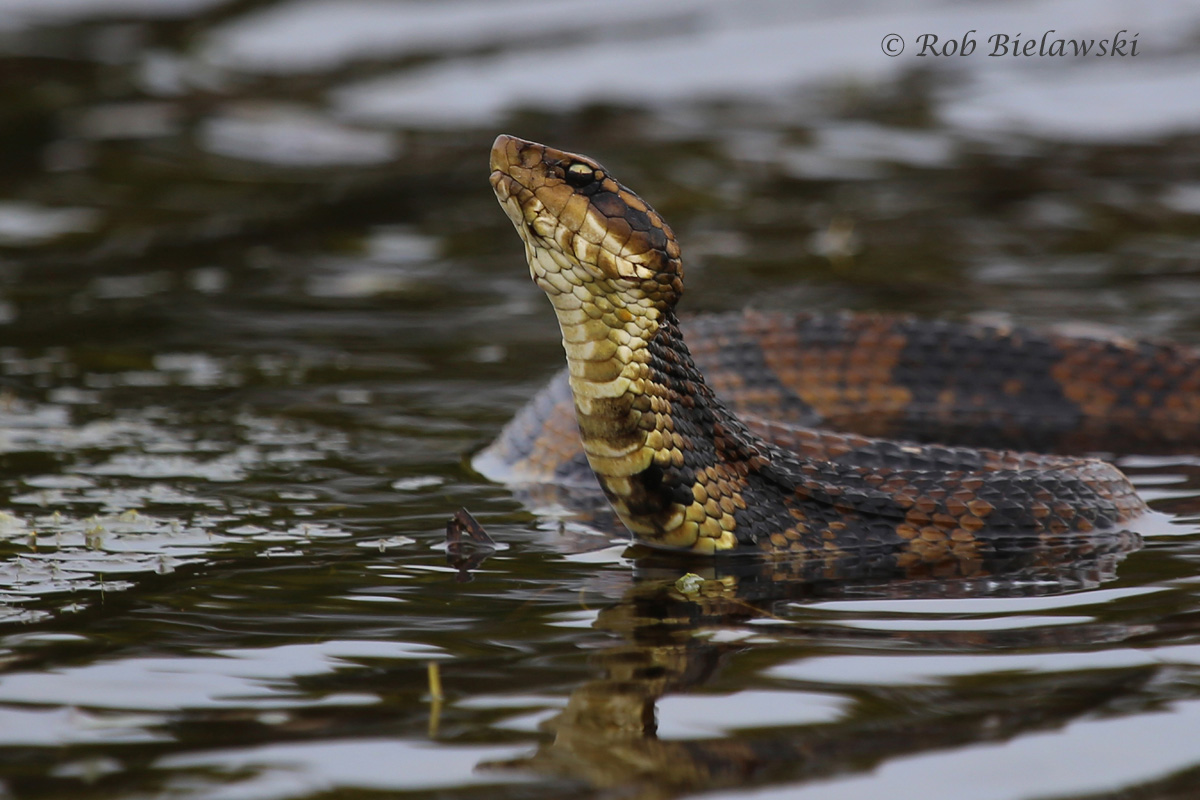

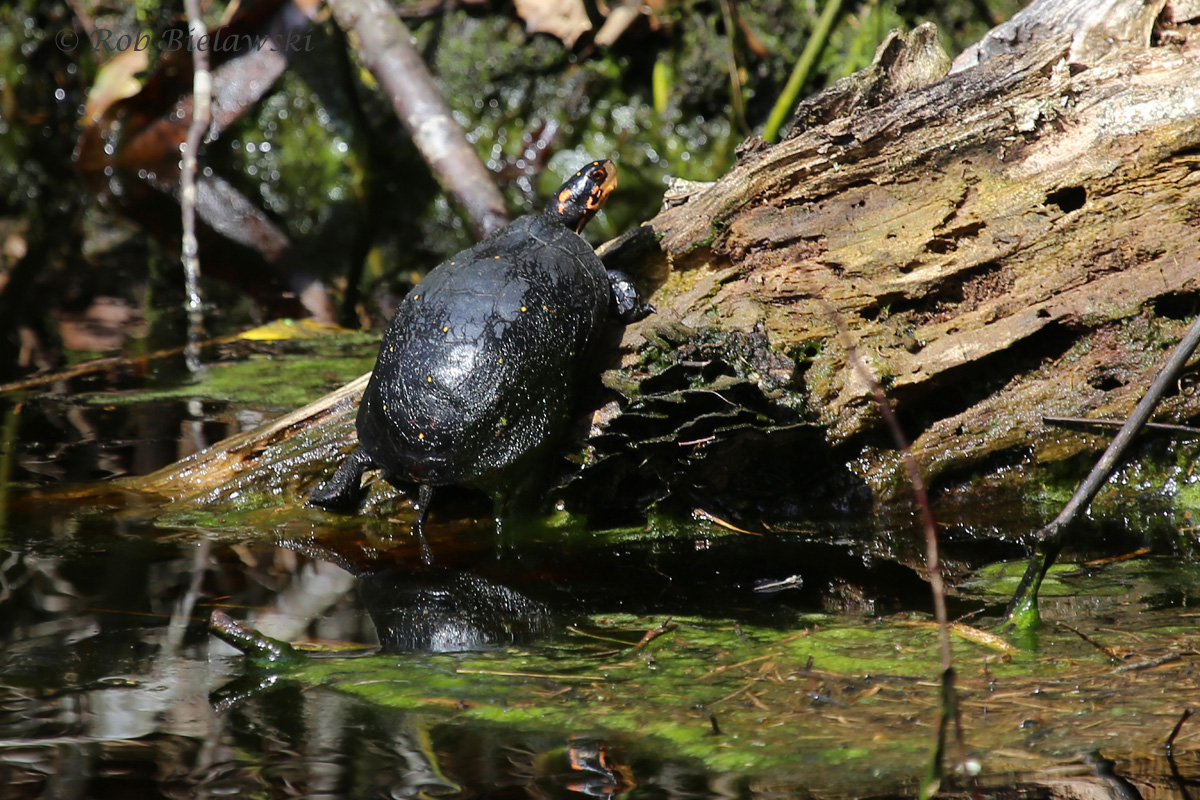

With the later sunsets now, I was able to get out several nights after work this week to try and catch some of the migrants as they arrive. Unfortunately, for whatever reason, the weeknights just weren’t productive, but Friday was a holiday for my company and I was able to spot my first Royal Terns (Rudee Inlet) and Yellow-crowned Night-Herons (Norfolk) of the year. On Saturday, a trip out to the Great Dismal Swamp National Wildlife Refuge in nearby Suffolk proved to be a great kickoff to the season. Along Hudnell, New, and Jericho Ditches I found first of year White-eyed Vireo, Black-and-white Warbler, and Prairie Warbler; all relatively early arrivals, and the warblers were both the first reported thus far in 2016 in the county. Dreary weather moved in overnight on Saturday, and Sunday was expected to be a washout. However, I am glad I gave it a go, against the will of the weather forecasts, because it turned out to be my most productive day of the week. First of year Cattle Egrets, 10 of them, were observed on Morris Neck Road while en route to Princess Anne Wildlife Management Area’s Whitehurst & Beasley Tracts. The rain held off for a couple hours while I trudged around the WMA’s freshwater impoundments. One, and possibly a second, American Bittern were observed along with 8 individual Wilson’s Snipe that flew out from the same general area seemingly each time I took a step forward. I could never get them in binocular view though until they burst out of the high grasses into flight. Whitehurst was relatively quiet for waterfowl, with single digits of several species present, but Beasley held a great number of Green-winged Teal & also Blue-winged Teal. A flock of 7 Glossy Ibis at Beasley also were a new year bird, and my target at the park to begin with. The rains began again as I was leaving, and so I did some vehicular birding along the roads (Campbell’s Landing, Fitztown, Back Bay Landing) to the south. A pair of Northern Rough-winged Swallows became a new Virginia Beach county life bird for me (220 species to date now) along Back Bay Landing Road, and a single Purple Martin had taken up residency on the same property I’d seen the Cattle Egrets at earlier in the morning. That flock was again picked up on Mill Landing Road, and a couple of hawks (Cooper’s & Red-tailed) were also observed not far away. By the time the morning had ended, I’d tallied 60 species, on a day when all signs pointed to staying at home and avoiding the rain; just goes to show, you never know what you’re going to get.